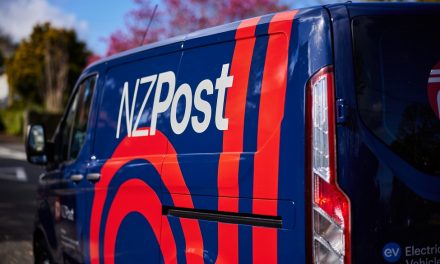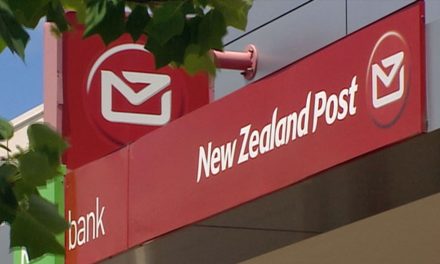
About the New Zealand post office
This is Google's cache of http://www.jcampbell.com/rowland/pdf/country/nz/nzp_hist.htm.
Google's cache is the snapshot that we took of the page as we crawled the web.
The page may have changed since that time. Click here for the current page without highlighting.
Google is not affiliated with the authors of this page nor responsible for its content.
These search terms have been highlighted: post mail letter
——————————————————————————–
New Zealand Post
About New Zealand Post Office
[From NZ Post website, 1 Dec 1997, graphics deleted.]
1986 State-Owned Enterprise Act passed in December.
Standard letter price raised from 30 cents to 40 cents on 1 February 1986.
1987 New Zealand Post becomes a State-owned Enterprise (SOE) on 1 April. The old New Zealand Post Office split into three core businesses – postal services, telecommunications and retail banking. SOE Minister announces that 432 Post Offices are to close with 560 jobs to go (16 October).
1988 New Zealand Post announces a first year after tax profit of $72 million and a 25 per cent cut in recurring costs (for year ending March 1988).
Post Offices became Post Shops (1 April).
A new corporate image launched along with a new corporate wardrobe for frontline staff.
Mail re-classified by size not weight, with three price steps – medium, large and extra large envelopes (a world first for the postal industry).
FastPost, the overnight mail delivery service, introduced.
A "clear floor" policy led to all mail being cleared out by the time the overnight transport was due to leave.
Datamail, a 50/50 joint venture direct marketing business established, offering business customers a bulk mail data processing and address labelling service.
Government announces its intention to sell New Zealand Post and deregulate the postal market (July).
1989 Government advises New Zealand Post that it had "decided not to proceed to full competition in postal services." Instead, there would be a staged programme of deregulation (March).
Boxlink, a service for private bags and boxes, launched in February.
CourierPost and its innovative track and trace technology launched in August.
End of year after tax profit – $31 million.
1990 End of year after tax profit – $53 million.
New Zealand Post establishes its own airline, Airpost, in a joint venture with Airwork (NZ) Limited.
1991 Standard letter price raised from 40 cents to 45 cents.
New Zealand Post Properties Ltd established as a subsidiary 100 per cent owned by Post. Set up to manage 400 properties (reduced from 2000 in 1987).
End of year after tax profit – $30 million.
1992 Rural Delivery fee doubled from $40 to $80 per year (1 April).
Review of mail sorting practices in 22 mail centres resulted in a major streamlining of mail practices, reducing mail handling costs by 30 per cent.
A $20 million installation of the first of seven OCR – optical character recognition – machines in Auckland, Wellington and Christchurch Mail Centres.
End of year after tax profit – $5 million.
1993 Elmar Toime appointed chief executive.
New business slogan developed: "People reaching people through New Zealand Post delivering messages, goods and payments."
National Government pledges that Post would not be put up for sale in the foreseeable future.
End of year after tax profit – $37.4 million.
1994 New Zealand named 'Company of the Year in the Deloitte/Management magazine top 200 company awards.
End of year after tax profit – $66.7 million.
1995 Rural Delivery fee abolished.
The company restructured into five main business groups – Letters, Distribution, Consumer, Post Plus and International.
The standard letter postage price reduced from 45 cents to 40 cents in October.
Synet Communications and Total Logistics Company (TLC) companies sold.
End of year after tax profit – $72.4 million.
1996 Letter volume growth of 5 per cent was achieved for the fourth row in a year.
New Zealand Post International Ltd set up to develop an international advisory service.
Free Post day resulted in a record 6.7 million letters posted on 1 July.
End of year after tax profit – $75.2 million.
1997 Post Link II roll-out to 296 Post Shops. Post Link II is a revolutionary computerised point of sale system and is the first to introduce a first fully integrated EFTPOS system in Australasia (February).
All Post Shops gain ISO 9000 accreditation.











